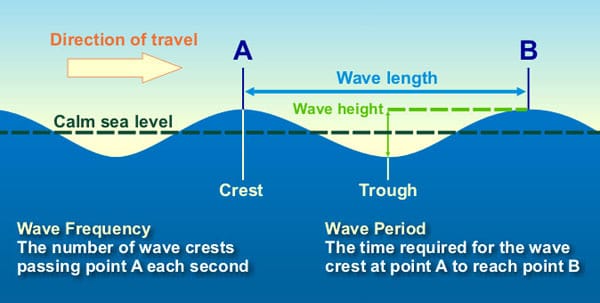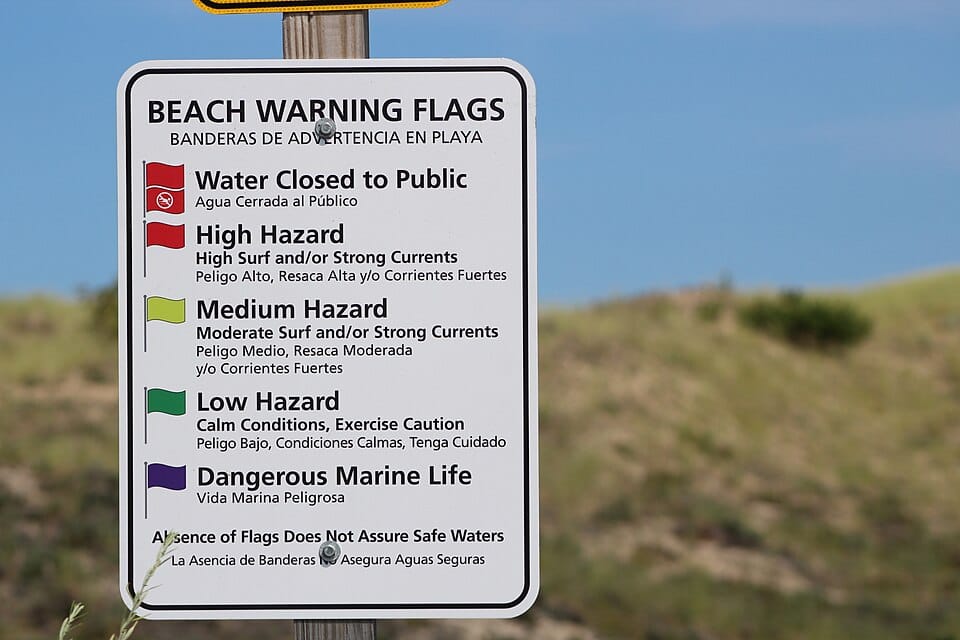Today’s Maui Snorkel Conditions — Official Checks
- NOAA Marine Forecast — PHZ119 Maʻalaea Bay (wind/advisories)
- NOAA Marine Forecast — PHZ118 Leeward Waters (wind/advisories)
- NOAA Marine Forecast — PHZ117 Windward Waters (wind/advisories)
- Pauwela Buoy 51205 — swell height • period • direction (trend)
- Hawaiʻi DOH — Brown‑Water Advisories
- Hawaiʻi Beach Safety — lifeguarded beaches & hazards (Maui) 🚩
Skip brown water after rain. Mornings are commonly calmer; afternoons see stronger trades and more surface chop.
Planning a snorkel day on Maui? A quick, consistent way to check wind, swell, and visibility will help you choose the right day and the right Maui snorkel sites—whether that’s Molokini, Turtle Town, or Coral Gardens.
Below is a Maui snorkel conditions guide to the forecasts locals actually use, with practical thresholds and a 5‑minute checklist you can run the night before and again the morning of your trip. For context on why mornings are typically calmer, see our Best Time to Snorkel Maui (Month‑by‑Month) guide and Morning vs Afternoon Snorkeling comparison.
If you’re new to reading Maui snorkel conditions, don’t worry—it’s easier than it sounds. Once you understand how to read wind speeds, swell direction, and visibility cues, you’ll be able to plan the perfect day in the water.
The 3 Signals that Matter Most
1) Wind (Knots): Comfort and Surface Chop
- What to look for: Sustained wind speed (and direction) near your snorkel area. Lower wind = less surface chop and easier breathing at the surface.
- Where to check:
- NOAA Marine Forecast zones for Maui: Maʻalaea Bay (PHZ119), Maui County Leeward Waters (PHZ118), Maui County Windward Waters (PHZ117). These are the official, frequently updated forecasts.
weather.gov - Point Forecasts near departure areas (e.g., Maʻalaea) show wind by the hour.
- NOAA Marine Forecast zones for Maui: Maʻalaea Bay (PHZ119), Maui County Leeward Waters (PHZ118), Maui County Windward Waters (PHZ117). These are the official, frequently updated forecasts.
- Why mornings often win: Typical trade‑wind patterns ramp up with daytime heating, so surface conditions are calmer early; this is also why your morning snorkel tours are popular. Check out our Best Time to Snorkel to learn more!
Rules of thumb (not guarantees):
- 🌊 Calm: Winds in single digits to low teens (knots)
- 🌤️ Manageable: Mid-teens with some protection
- 🌬️ Bumpy: Upper-teens+ unless site is well sheltered
- ⚠️ Always follow: Lifeguards, captains, and posted advisories

2) Swell (Height | Period | Direction): Clarity and Surge
- 🌊 Height: Indicates wave size offshore
- ⏱️ Period: Time between waves — shows energy or “push”
- 🧭 Direction: Tells which shores will be affected
- 📊 Tip: NOAA’s wave-detail pages break down how wave period connects to energy and coastal surf conditions
- Where to check:
- NOAA Marine Forecast text (includes wave detail by swell component).
- Maui wave buoys (e.g., Pauwela) for real‑time swell height/period/direction.
- Seasonal tendency (very general): More north swells in winter; more south swells in summer. Swell direction helps decide between north/west vs south/lee shores.
For snorkel visibility:
- 🌊 Lower swells + longer periods usually mean clearer water.
- 🌤️ Even small long-period swells can wrap into bays and create a surge along shallow reefs.
- 🧭 Always check swell direction, not just height — it determines which areas feel the impact.
3) Visibility Drivers: Rain & Water Quality
- Rain/runoff: After storms, brown‑water can carry sediment and bacteria. The Hawaiʻi Clean Water Branch posts general and brown‑water advisories—check before you go.
- Lifeguarded beaches: For a shore‑snorkel day, scan Hawaiʻi Beach Safety for hazard updates (rip currents, shorebreak, jellyfish days) at staffed beaches.
Cruise out to Molokini Crater and Turtle Town, and dive into crystal-clear waters filled with vibrant coral and tropical fish.
Your 5‑minute “Maui Snorkel Conditions” Checklist
Night before & morning of:
1. Open the NOAA Marine Forecast for your zone (PHZ119 Maʻalaea Bay; PHZ118 Leeward; PHZ117 Windward). Note wind ranges and any advisories.
2. Read “Wave Detail” lines—note swell height/period/direction (e.g., E 5 ft @ 7s + NW 3 ft @ 14s). This tells you which shores feel it and how much energy is in the water.
3. Glance at the buoy (Pauwela) for confirming trendlines (height/period changes).
4. Check water‑quality advisories (brown water after rain) via the Clean Water Branch.
5. If shore‑snorkeling, look at Hawaiʻi Beach Safety for hazard flags at lifeguarded beaches. Also can check the Maui Snorkel Report.
6. Match site to conditions:
- Offshore mornings (clear, calm more often): book Molokini Crater Snorkeling Tour.
- Wind picking up? Join our Afternoon Snorkeling Tour to Coral Gardens.
Microclimates & Picking Sites
- Offshore clarity: Molokini is famous for clear water inside the crater; mornings are best aligned with calmer trades.
- Leeward backups: When trades build, captains often pivot to Coral Gardens (protected by the West Maui mountains) or stay inshore at Turtle Town. This is exactly why your afternoon tour regularly features Coral Gardens.
- North vs south exposure: In winter, north/west shores feel more swell; in summer, south shores can see south swells—match the direction in the forecast to your chosen bay.

FAQs
Q1) Why are mornings usually calmer for snorkeling on Maui?
Because typical trade‑wind patterns strengthen with daytime heating, mornings tend to be the smoothest surface conditions. That’s why our morning tours are so popular!
Q2) Which official forecast should I use?
Use NOAA’s Marine Forecast zones for Maui (PHZ119 Maʻalaea Bay, PHZ118 Leeward, PHZ117 Windward). For hyper‑local detail, open a Marine Point Forecast near your harbor or snorkel beach.
Q3) What does “period” mean, and why does it matter?
Period is the time between waves; longer periods carry more energy and reach deeper—often making shore break stronger than the height alone suggests. Read height, period, and direction together.
Q4) Where do I check real‑time swell?
Look at Maui’s Pauwela buoy for wave height/period/direction trends that complement the forecast.
Q5) It rained last night—go or no go?
Scan Hawaiʻi Clean Water Branch for general/brown‑water advisories and use caution; runoff reduces visibility and can carry pathogens.
Q6) I’m shore‑snorkeling—any safety site to check?
Yes—Hawaiʻi Beach Safety aggregates lifeguard hazard updates (rip currents, jellyfish days) at staffed beaches across the islands.
Wrapping it Up
If you’ve made it this far, you’re now better than most at reading Maui’s ocean mood. A quick look at wind, swell, and water quality the night before—and a fast recheck in the morning—will stack the odds in favor of calm seas and clear water. From there, it’s simple: pick the shore with the friendliest exposure, go early when you can, and let the reef set the pace.
Prefer to leave Maui snorkel conditions to the pros? Our captains watch conditions all day, every day, and choose the calmest, clearest stops—often Molokini & Turtle Town in the morning, with Coral Gardens as a breezy‑day favorite. Either way, pack reef‑safe sunscreen, give wildlife generous space, and bring your sense of wonder.
Mahalo for reading—see you on the water!
Snorkel among colorful reefs, playful fish, and gentle sea turtles in one of Maui’s most protected bays.

